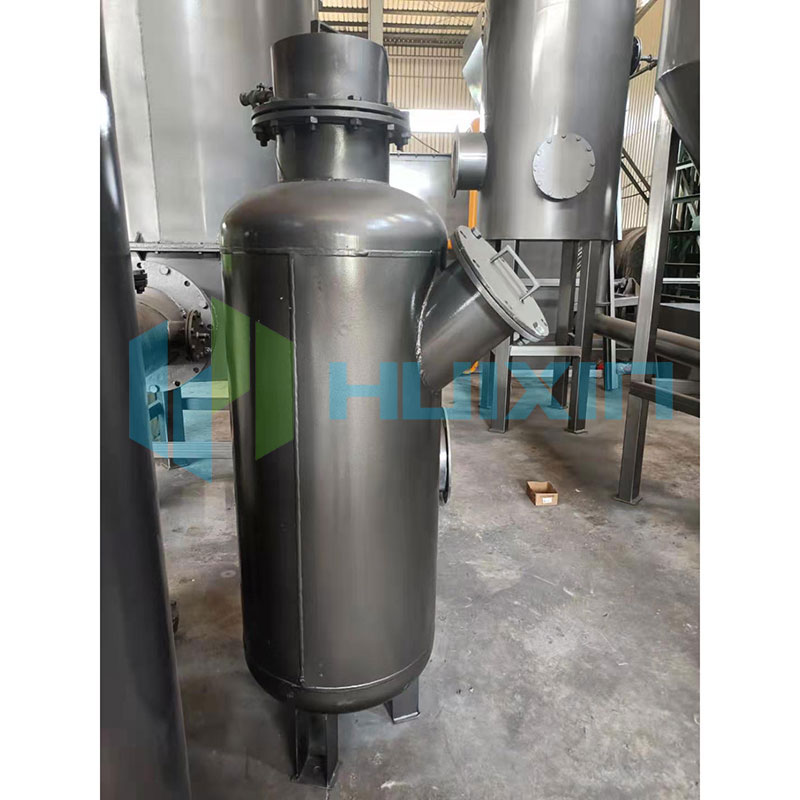Choosing the Right Smoke Treatment System for Your Needs
2025-01-04
Selecting an appropriate smoke treatment system is crucial for businesses aiming to meet regulatory requirements and reduce their environmental impact. This blog provides a step-by-step guide to help you choose the right system for your specific needs.
Step 1: Assess Your Requirements
- Source of Smoke: Identify the type of emissions (e.g., particulate-heavy, gas-heavy).
- Volume of Emissions: Estimate the amount of smoke generated daily.
- Regulatory Standards: Understand the local and international compliance guidelines.
Step 2: Explore Available Technologies
- Particulate Removal: Use bag filters or electrostatic precipitators for dust-heavy smoke.
- Gas Treatment: Scrubbers and catalytic converters are ideal for gaseous pollutants.
- Combination Systems: Opt for integrated solutions to handle multiple pollutants.
Step 3: Evaluate System Features
- Efficiency: Check the pollutant removal rate (often expressed as a percentage).
- Durability: Look for systems with long lifespans and minimal maintenance needs.
- Energy Usage: Consider energy-efficient models to save operational costs.
- Automation: Advanced systems with monitoring and auto-regulation features simplify operations.
Step 4: Budget Considerations
- Initial Cost: Compare upfront expenses of different systems.
- Operational Costs: Include energy, maintenance, and replacement parts.
- Return on Investment (ROI): Factor in savings from compliance and reduced penalties.
Step 5: Installation and Maintenance
- Installation Requirements: Assess space, infrastructure, and compatibility.
- Maintenance Needs: Ensure the system is easy to maintain with readily available support.
Case Study: A Practical Example
Imagine a mid-sized factory emitting smoke with high particulate content. A bag filter system combined with a wet scrubber may be ideal. After installation, the factory saw a 90% reduction in emissions, meeting environmental regulations and boosting its reputation as an eco-friendly business.
Choosing the right smoke treatment system involves careful analysis of your specific needs and options. By investing in the right technology, you can achieve sustainable operations, improve public health, and ensure compliance with environmental standards.



